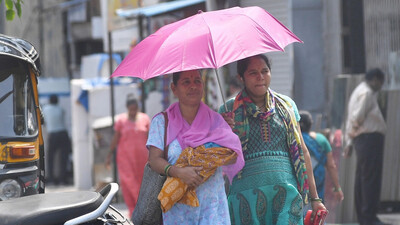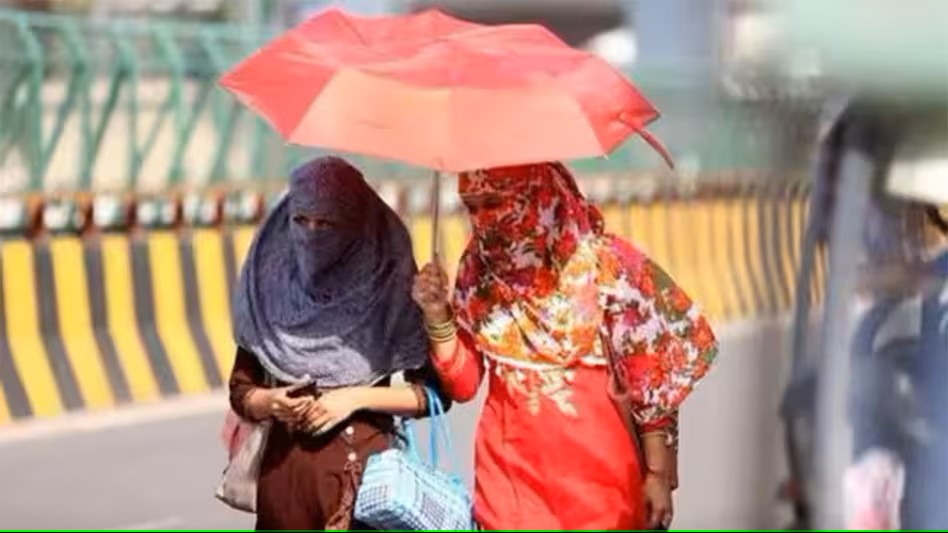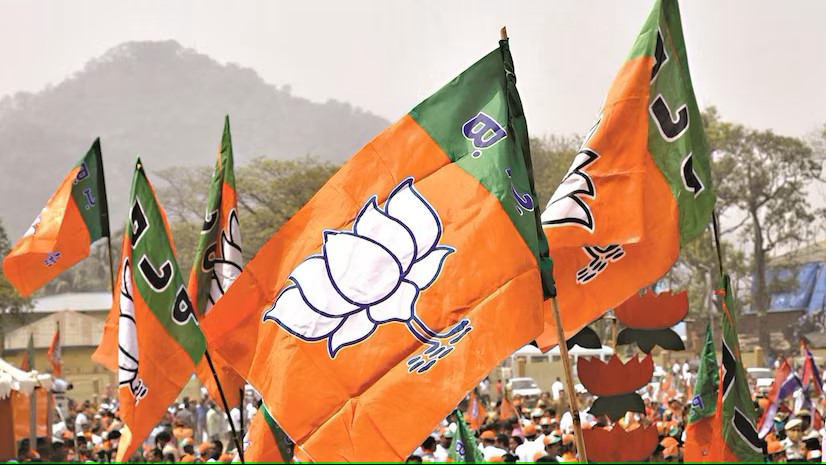Government agencies have issued health warnings because of the intense heatwave affecting parts of the country, while the rising temperatures are putting pressure on power grids.
 The India Meteorological Department (IMD) has placed a red alert on Andhra Pradesh, Bihar, West Bengal, and Odisha for the next two to three days due to the ongoing heatwave. Intense heat is expected in eastern India through Wednesday and will persist in the southern region for the next five days.
The India Meteorological Department (IMD) has placed a red alert on Andhra Pradesh, Bihar, West Bengal, and Odisha for the next two to three days due to the ongoing heatwave. Intense heat is expected in eastern India through Wednesday and will persist in the southern region for the next five days.
Additionally, the IMD has issued an orange alert for parts of Telangana, Karnataka, and Sikkim.
On Monday, heatwave conditions were reported in parts of West Bengal, Gujarat, Bihar, Sikkim, Odisha, Jharkhand, Kerala, and Andhra Pradesh.
Andhra Pradesh’s Kalaikunda and Kandala recorded a maximum temperature of 45.4°C, which was eight degrees above normal, while Nandyal city reached 45°C. The third-highest temperature of 44.8°C was recorded in Baripada, Odisha, followed by 44°C in Sheikhpura, Bihar.
According to the IMD, areas under red alert may experience “heat illness and heatstroke,” and residents should take “extreme precaution.” In areas under the orange alert, people could become ill if exposed to the heat for extended periods or if they perform strenuous activities in the heat.
In the next five days, Assam, Tripura, Gujarat, Tamil Nadu, Puducherry, Goa, Kerala, and Karnataka are expected to experience high humidity.
The IMD noted that this is the second heatwave in April, with heatwave conditions persisting in Odisha since April 15 and in Gangetic West Bengal since April 17.
The Met Office predicts four to eight heatwave days across different parts of the country in April, compared to a normal of one to three days.
During the April to June period, ten to twenty heatwave days are expected, compared to a normal of four to eight.
Areas predicted to experience an increased number of heatwave days include Madhya Pradesh, Gujarat, Odisha, Andhra Pradesh, Madhya Maharashtra, Vidarbha, Marathwada, Bihar, and Jharkhand.
The intense heat could stress power grids and lead to water shortages in certain parts of India.




